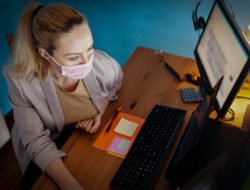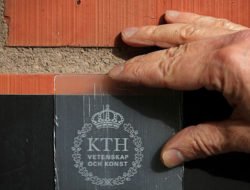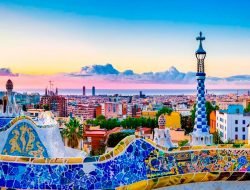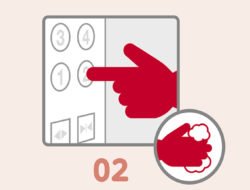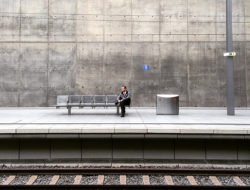In addition to the superhuman efforts that are being made to stem the pandemic, some American thinkers, architects and urban planners are putting forward ideas about the positive consequences that Covid 19 could have on large cities across the Atlantic.
Urban resilience
A disaster, whether natural or human, inevitably leads urban environments to reflect on which lessons are to be drawn from the great events that have affected them. It’s about bouncing back, moving forward, creatively and boldly.
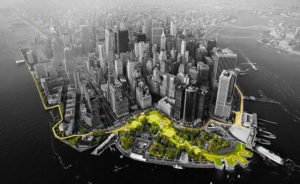
The Big U, the incredible 10-kilometre-long dyke project designed to protect Manhattan from rising water levels. © Bjarke Ingels Group
This is what the American urban planner Michael Berkowitz calls “urban resilience”. Some examples: it took Hurricane Katrina for New Orleans to rethink its water management, with a dike system largely inspired by the Dutch model. Following various episodes of flooding, the City of New York has been counting for some years now on an ambitious green dyke (The Big U) designed to protect the entire lower part of the island from a future sea level rise.
Down at home…
In addition to these pharaonic works, there are already, on a daily and human scale, changes in the way cities use public space following the pandemic. In large cities with a high population density, the street is often the only open-air space that citizens can still enjoy nowadays. Some U.S. cities, such as Portland, Philadelphia and New York, have already decided to reduce car traffic on certain routes, so that citizens can go for a walk, ride their bikes and play outside. All the while respecting the rules of social distancing, of course.
Some public transport is already free, in order to facilitate mobility and reduce the handling of money and machines. In Boston, the city has automated its traffic lights, so pedestrians no longer have to push the button to request crossing.
With regard to urban parks, there seem to be two schools: some are closed because they are stormed by the inhabitants without gardens. But other voices, such as the one of Alexandra Lange, who writes about architecture for the site Curbed, explain that the parks are large enough to accommodate crowds and to respect regulatory distances. “Usually”, she explains, “people go to shopping malls to stretch their legs. Let’s hope that after the crisis, they will keep the good habit of going to the park and that the public authorities will invest in green infrastructure.” Scientists also highlight the beneficial effect that green spaces have on the mind of people (“forest bathing” or immersion in green spaces, which would reduce stress), but also the benefits for physical wellbeing, exposure to light…
Some large cities are already planning the sequel of public spaces: how will theatres, cinemas, university campuses and stadia start up again? It will be necessary to reconsider the approach, so that visitors can keep a certain distance between them.
The professional world is also mobilising
Architects, entrepreneurs and designers are also busy. The Construction Dive site, intended for construction professionals, has developed an interactive map that indicates whether the construction sites are closed or open. Professionals are also thinking of developing technologies to limit the number of workers physically present on a site. We are talking about drones monitoring construction sites, automated deliveries or advanced teleconferencing systems.
Financial analyst Moody’s also highlighted the great dependence of major U.S. industries on import products, and encouraged major players in the sector to consider sourcing locally in the future in order to depend less on imports and related hazards.
A myriad of good ideas
- The governor of the State of New York ordered the expansion of pavements in some shopping districts, in order to allow shoppers to keep a safe distance once the shops open their doors.
- Major convention centres such as the Javits Center in New York have been made available to health services to turn them into temporary care centres.
- The humanitarian Start-up Jupe has developed “pop-up hospital rooms”, the price of which is 30 times lower than that of a “normal” hospital room. In addition, these room kits can be transported quickly to the communities that need them: the patients no longer need to be moved; instead, the hospital comes to them.
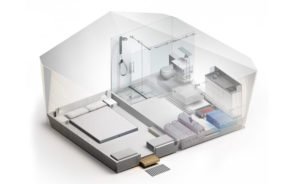
The hospital room module kit developed by the humanitarian startup Jupe. © Jupe Health Medical
- Others are considering the creation of local currencies to support the short-circuit economy, or the rehabilitation of some wastelands in order to revive the feeling of living together in the different neighbourhoods…
- Finally, an American association has imagined a platform through which it connects people who cannot leave their homes (for health reasons) and an army of volunteers ready to do their shopping.
As you can see, there are many challenges. Time to unleash your imagination and creativity!
Tags: covid 19, forest bathing, Javits Center, Michael Berkowitz, New York City, Philadelphia, urban resilience, USA

































